The adventures of Moncler’s feathered mascot Monduck
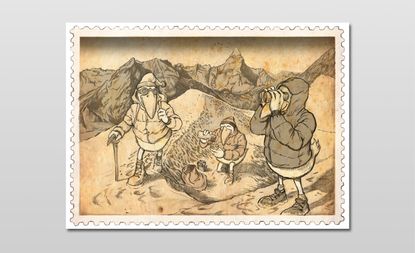
There’s the hero: scaling mountain tops, deep inside the engine room, parachuting into the metropolis, or hanging out with celebs. Two things are consistent about this adventurer throughout the last few decades. One, he always wears a down jacket. Two, he’s a duck. A cartoon duck, in fact.
He goes by the name of Monduck, and is an unlikely front man for a company that has outfitted genuine expeditions and Olympic teams. ‘But he’s fun,’ says Remo Ruffini, chairman and creative director of Moncler, on the character who has chiefly busied himself giving washing instructions, in a series of cartoon strips since 1968. ‘I knew that while much in the company had to be changed, I wanted him to stay. He’s part of what keeps the brand unique, and being unique is as much about the approach to marketing as contemporary design.’
Next year marks the tenth birthday of Ruffini’s takeover of Moncler. Back in 2003, the brand was barely known outside Courmayeur and St Moritz and seen to be on the slide. Since then, Ruffini has established Moncler shows as standout catwalk productions, while still retaining credibility in the professional standard of its signature down jacket.
Marking 60 years in the business this year, the brand has pioneered fashion collaborations with the likes of Balenciaga, Junya Watanabe and, more recently, Pharrell Williams; launched more style-conscious lines, and a heritage collection with designers such as Giambattista Valli and Thom Browne; opened stand-alone stores, with another 20 planned by the end of the year; and taken advantage of advances in hi-tech, man-made fabrics to revive a jacket that could have been consigned to fashion history, the duck-down puffer.
To celebrate the anniversary, a series of six Monduck illustrations have been commissioned to show the milestones in Moncler’s development of the down jacket, from outdoor and industrial wear, to covetable fashion item.
‘It’s not easy to keep the down jacket relevant,’ concedes Ruffini. ‘It’s hard enough to find good feather down for
a start, so much so that I think it would be very hard to launch a new down jacket brand from scratch now. And there are good hi-tech alternatives that offer great combinations of waterproofing, warmth and weight. But people like the traditional aspect of duck down. It still works and it’s what Moncler is about.’
Not any old down, of course. The company was launched as Monster de Clermont by ski pole manufacturer René Ramillon, sports equipment merchant Andre Vincent and champion alpine skier Lionel Terray, and quickly won
a number of patents for improving cold weather garments, which were originally designed for the military in the late 1940s. These days Moncler’s innovation sees the use of higher quality, more compact French down – with mathematically precise amounts per sq cm – to maintain the same standards of warmth and breathability, but also make jackets 20-30 per cent lighter.
Super lightweight jackets are also in development. ‘We’re always looking to make jackets that are warmer but thinner,’ says Ruffini. ‘Look at the jackets worn in the 1950s. They’re just huge because they needed so much down in them.’
This is not, however, about making them more fashionable. Ruffini, who spends much of his life sailing or up a mountain, is more interested in functionality than flash. ‘Of course, these days functional products have to look good, too,’ he adds. ‘It’s about making products that work for me, but also my dad and my son, that you can use in all sorts of circumstances, skiing, but also in the city. We don’t want to design anything that someone wears for three days a year. We know these jackets cost a lot of money. We want people to wear them everywhere.’
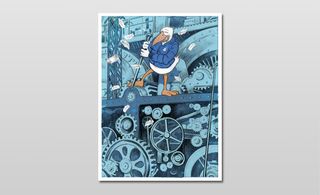
The jacket became established as a staple of French ski slopes
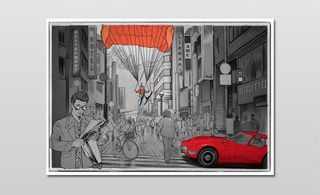
In the 1970s, the down jacket migrated from the mountains to became an urban style statement
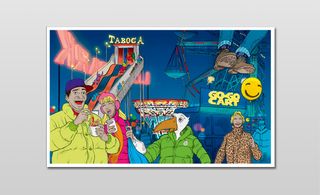
Multi-coloured, multi-patterned Moncler jackets were seen everywhere from the fairground to the disco during the 1980s
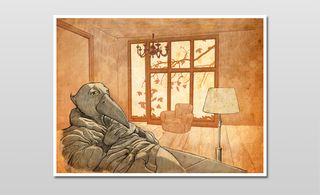
The 1990s saw a decline in the brand as it over diversified
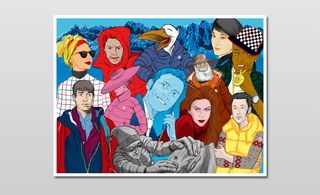
In 2003, a change of management saw the company going back to its roots and once again repositioning itself as a mountain and city staple
Wallpaper* Newsletter
Receive our daily digest of inspiration, escapism and design stories from around the world direct to your inbox
-
 In Van Cleef & Arpels’ high jewellery, the archival meets the au courant
In Van Cleef & Arpels’ high jewellery, the archival meets the au courantVan Cleef & Arpels pays tribute to its rich heritage with a captivating high jewellery collection
By Hannah Silver Published
-
 New Nothing Ear and Ear (a) earbuds: audio innovation with a retro nod
New Nothing Ear and Ear (a) earbuds: audio innovation with a retro nodNothing’s new Ear and Ear (a) earbuds, drawing inspiration from vintage portable hi-fi and packed with updates, help the company maintain its status as an audio innovator
By Jonathan Bell Published
-
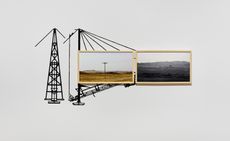 Aindrea Emelife on bringing the Nigerian Pavilion to life at the Venice Biennale 2024
Aindrea Emelife on bringing the Nigerian Pavilion to life at the Venice Biennale 2024Curator Aindrea Emelife has spearheaded a new wave of contemporary artists at the Venice Biennale’s second-ever Nigerian Pavilion. Here, she talks about what the world needs to learn about African art
By Ugonna-Ora Owoh Published